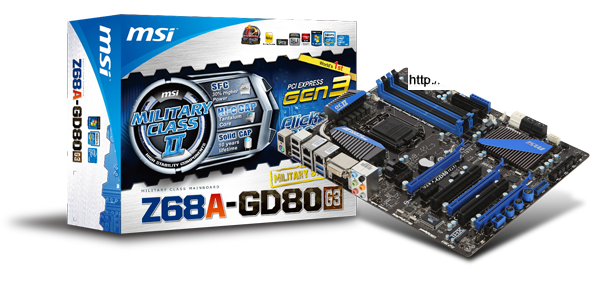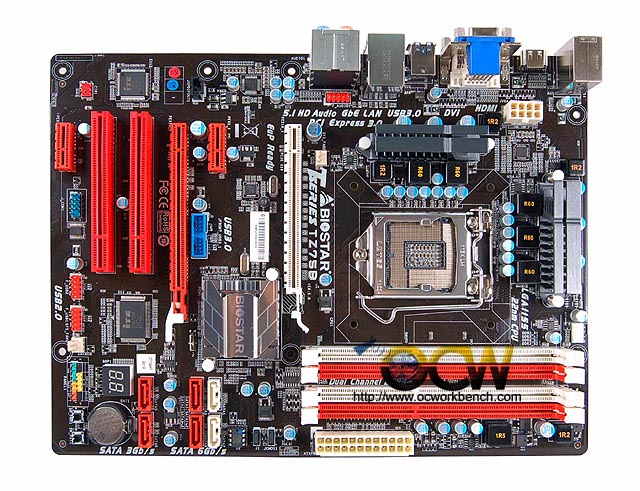Faster boot times and hands-on tools put Unified Extensible Firmware
Swedish overclockers have shown off what they claim is the first example of Intel’s Sandy Bridge running the boot system that could one day replace the ageing BIOS.
Technicians at hardware site Sweclockers.com used the Unified Extensible Firmware Interface (UEFI) as a basic interface to fire up and control a machine, claiming that the demonstration showed the potentially impressive pre-boot benefits of UEFI over BIOS.
While BIOS has long served well, it’s archaic interface and keyboard-only input makes it daunting for less technical users, and it has other limitations, too.
“End-user benefits will mainly appear in the form of modern interfaces,” Sweclockers said in a Google translation of the report. “Although UEFI will initially be similar to the BIOS design, it brings the opportunity to introduce modern graphical features, such as window management and support for mouse navigation.”
Other potential UEFI improvements highlighted by the Swedes included the ability to boot from hard drives larger than 2TB, which BIOS can’t handle, and significantly faster boot times – as low as 1.37 seconds.
According to Sweclockers, however, the real advantage for anyone interested in tweaking their PCs comes from the ability load additional tools for working under the hood independently of the operating system.
“A particularly interesting aspect is UEFI can run programs (“extensions”) and is not locked to the motherboard’s memory chip,” the site reported after testing. “There is thus no obstacle to downloading diagnostic software, overclocking tools or other applications without booting up the real OS.”



